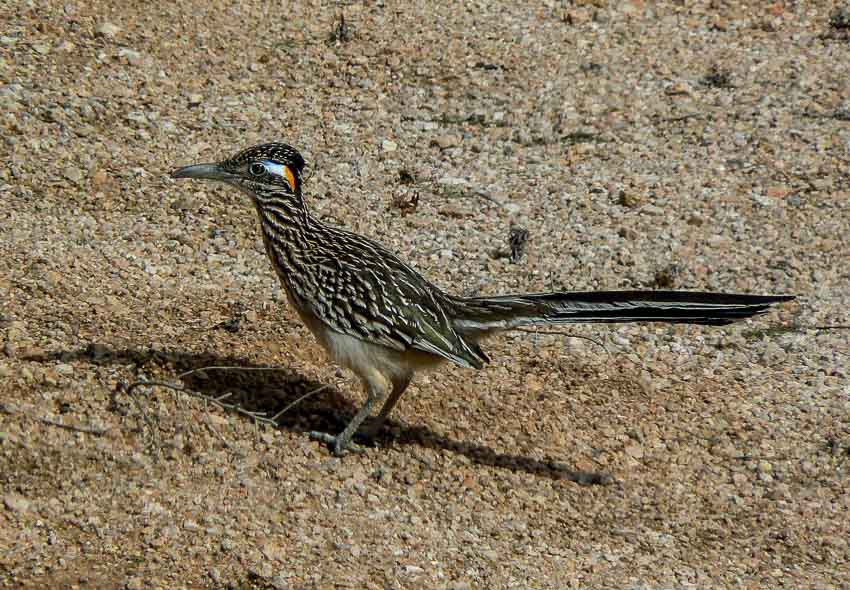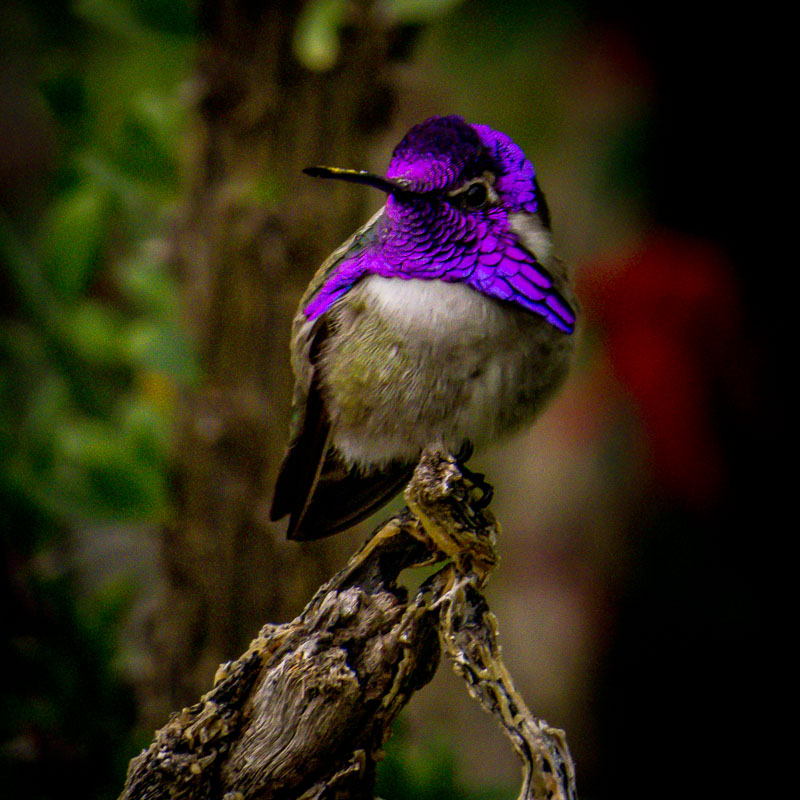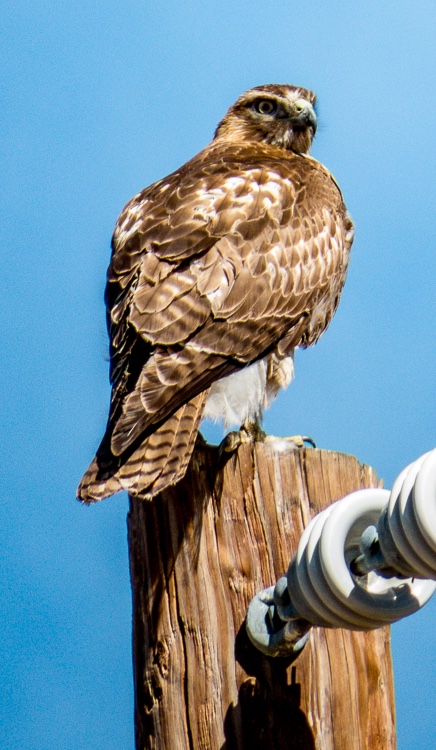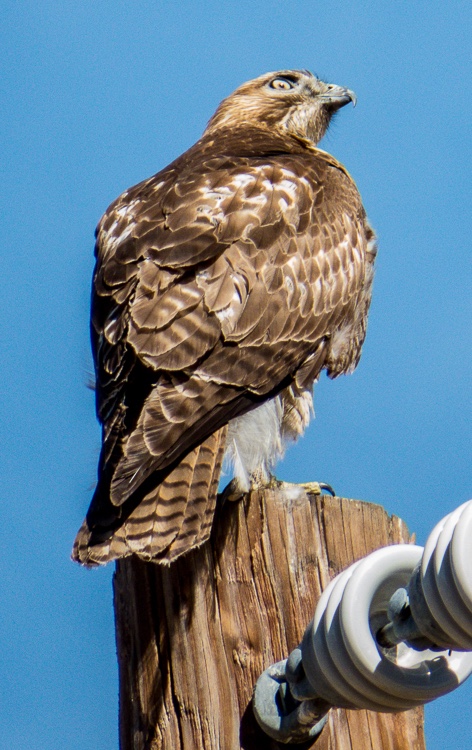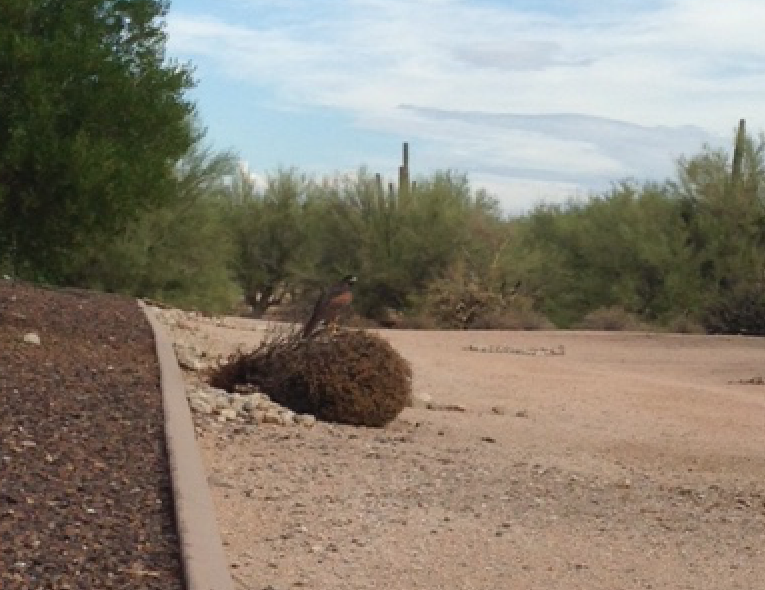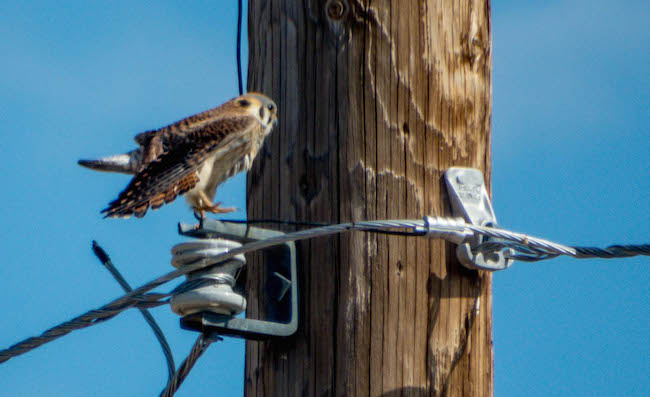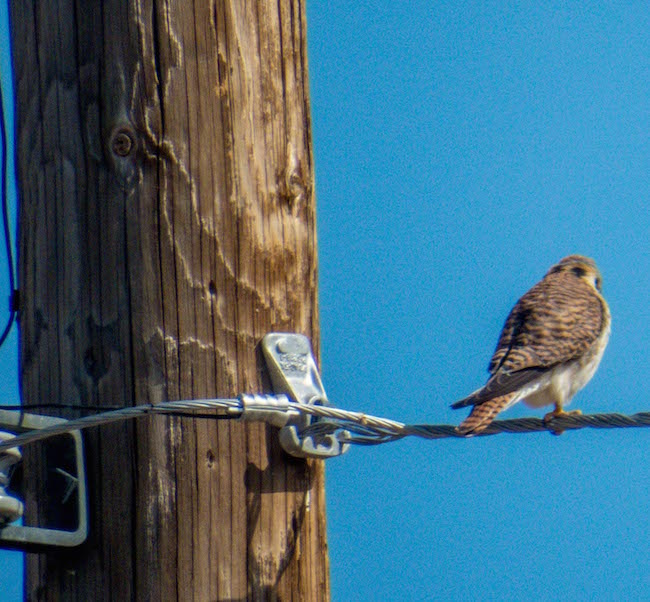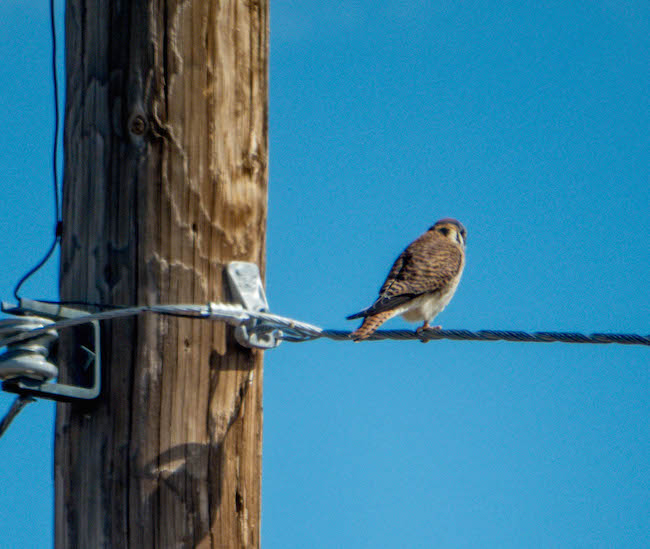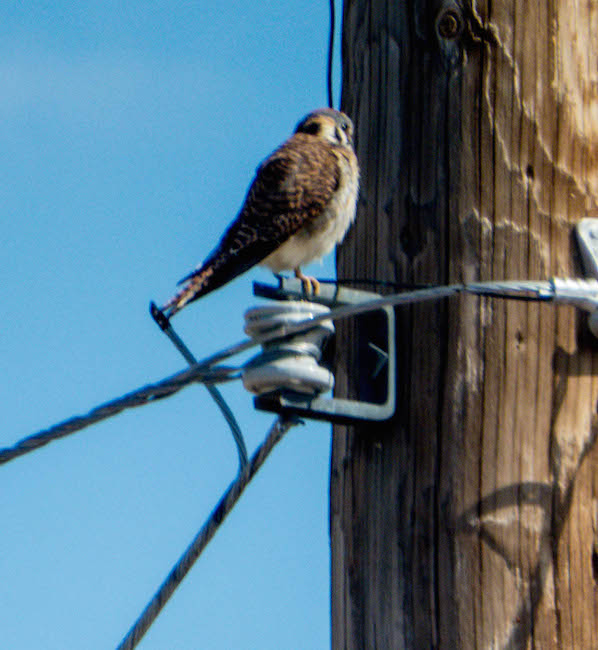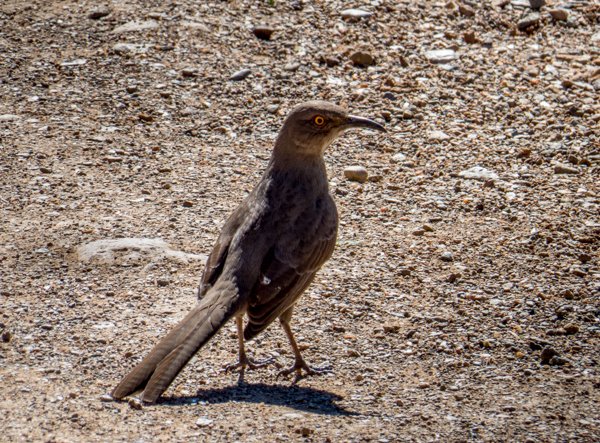One of my favorite photographers to follow is Scott Bourne. If you don’t know of him, just do a search on the Internet. Scott’s name will show up many times because even as a very talented and gifted professional, he gives freely of his knowledge to help others advance their skills.
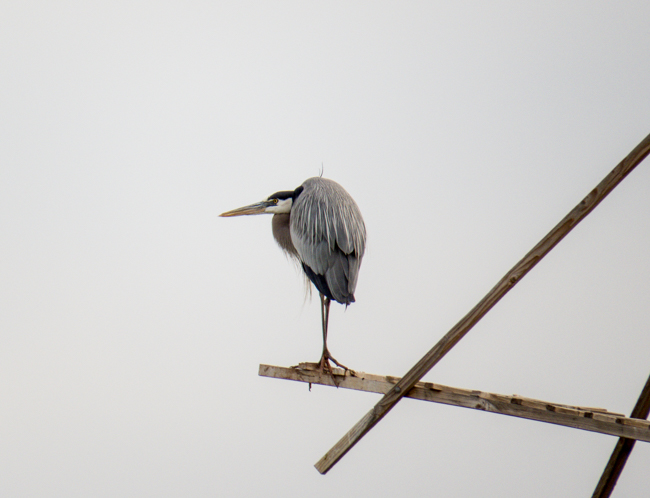
Blue Heron
Picture by Jeff Ross, Scott Bourne’s pictures would be much, much better!
One of Scott Bourne’s favorite subjects is birds. I enjoy photographing birds as well, but I am a rank amateur. I do my best, but as indicated in the referenced articles below, capturing the best bird pictures is hard!
Scott provides twenty tips for capturing your best shots in the articles:
10 Down & Dirty Quick Bird Photography Tips
How To Photograph Birds | 20 Tips & Some Resources
Here are three of the tips just as a sample…
“Start Big. Practice with larger birds such as pelicans, gulls and herons. Also practice at local zoos. Captive birds will give you a chance to study behavior, hone your skills and become familiar with bird photography (and your gear) and guarantee enough keepers that you won’t be frustrated.
Track the Sun. I’m not much for photography religions but if I were – this would be the one I would practice. Photograph birds with your back to the sun. Especially when you are just starting out. Birds look best when front lit. Sidelight may be the landscape photographer’s friend, but it’s the avian photographer’s enemy. Keep the sun at your back, or in other words, point your shadow at the birds. Believe it. Practice it. Live by it. You’ll get better shots.
Shoot Shutter Priority. When shooting birds in flight, use shutter priority. A fast shutter speed is essential to capturing birds in flight. Unless you want to blur the subject for creative reasons, a shutter speed of 1/1000th of a second should be your minimum preferred shutter speed. Also use the lowest ISO you can and still get a fast shutter speed.”
Notice Scott’s advice about side light which may be good for landscape, but not for birds!
You can also find Scott Bourne on the photofocus website which I believe he founded.
Of course, one of the best ways to improve any photographic skill is to get out there and practice. Take pictures and examine them. Which are good, which are best, which are worst? Find out why and you are well on your way to doing your best work.
